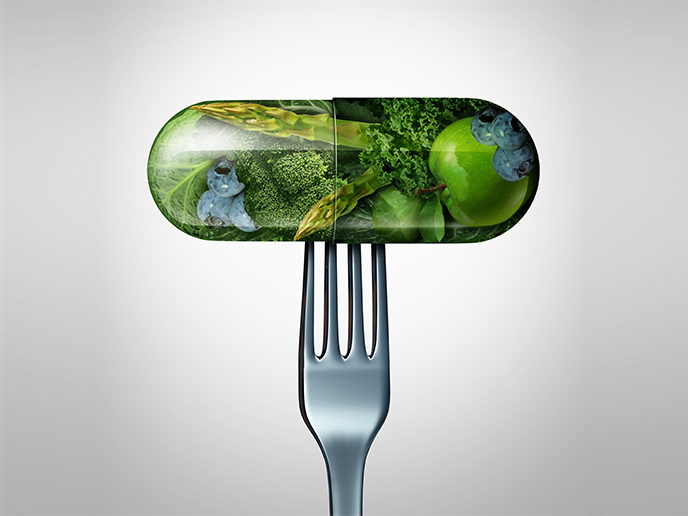A secure and high-quality food system, from farm, factory, to fork
“Food is our common ground, a universal experience” – James Beard
However, how Europeans source, purchase and even think about their food consumption has undergone radical changes over the last two decades. Consumer habits and expectations towards food have changed, with increased interest in organically-sourced (‘bio’) products, locally-sourced products to support local economies, and a desire for more vegetarian/vegan options. Consumers now expect to be able to evaluate the nutritional value of products through clear and precise labelling. In part responding to these changing societal expectations, European-level legislation has ensured that the European food system has amongst the highest standards in the world with regards to food safety. But challenges remain. Following several international and European food safety scandals, such as the widely publicised 2013 horsemeat scandal, and the 2017 tainted eggs scandal that originated in the Netherlands, European confidence in the safety of the food system was shaken. Therefore, guaranteeing high food safety standards has been the focus of some of the EU-funded projects that we’re featuring in this month’s special feature. For example, the STEFY project has successfully developed a new generation of fast, portable and multi-parameter food safety devices which will be deployed in the wine and flour/cereal industry to identify mycotoxins and allergens. Meanwhile, the FieldFOOD project has brought new technology that could decontaminate tainted food with an electric pulse closer to commercial viability, and the BINGO project has explored the use of biological control of pests as an alternative to chemical pesticides. Food safety is of course of paramount importance, but in this special section we also wanted to highlight how innovative projects are also focusing their attention on increasing the quality of food and meeting the demands of consumers as outlined above. Going ‘back to basics’ and returning to traditional methods appears to be the key here. The TRADITOM project has investigated the characteristics of traditional tomato varieties and found how their great taste can complement the mass production and cost effectiveness of producing one of Europe’s most staple fruits (not a vegetable!). Finally, the TREASURE project has aimed to help European consumers to rediscover traditionally-used pig breeds and their healthy, high-quality meat products. We look forward to receiving your feedback. You can send questions or suggestions to: editorial@cordis.europa.eu



